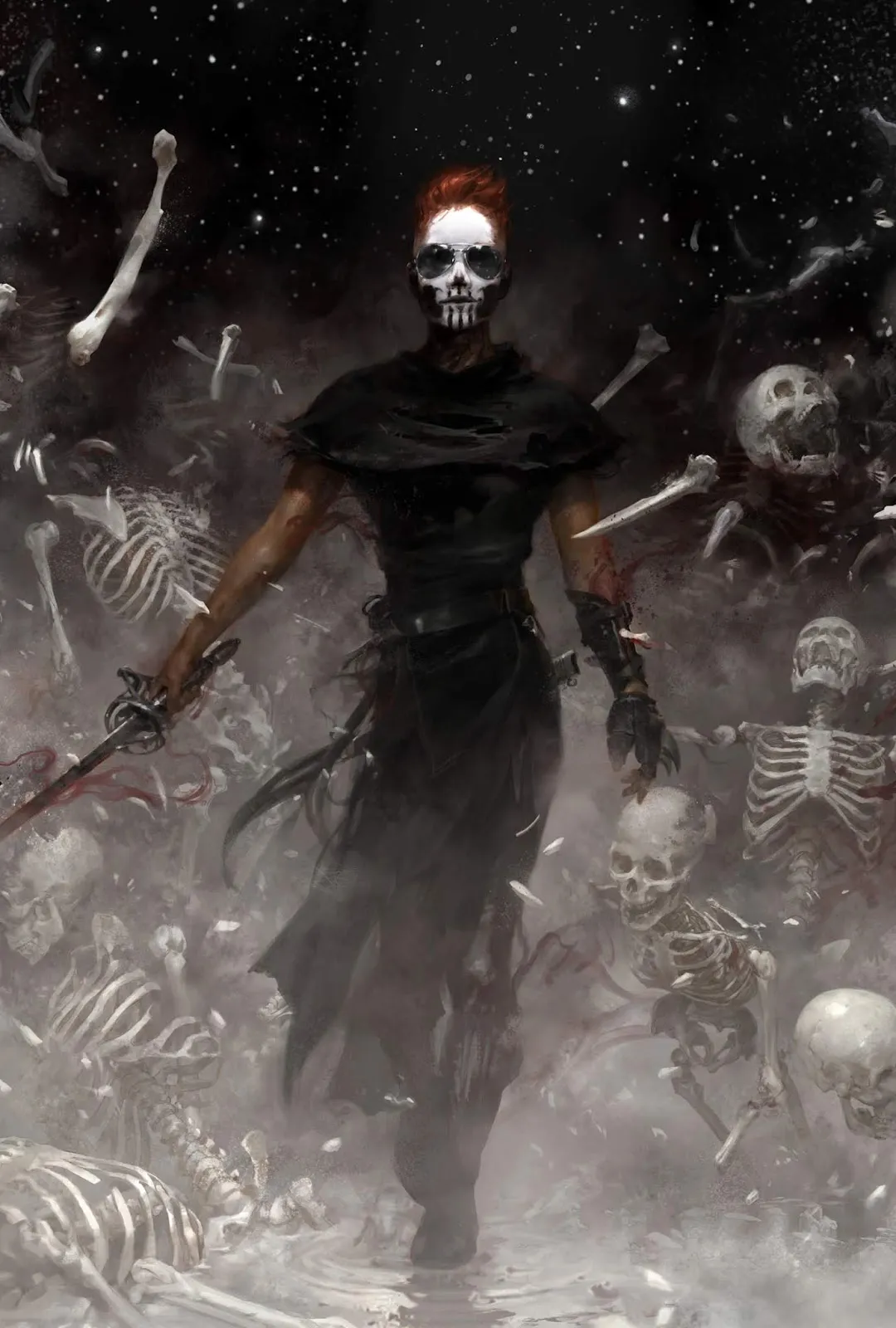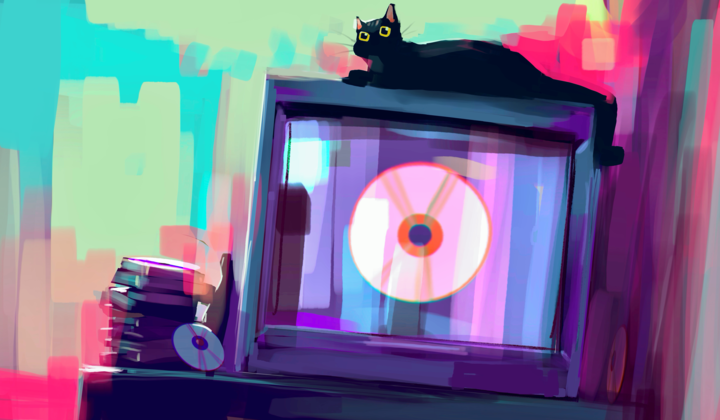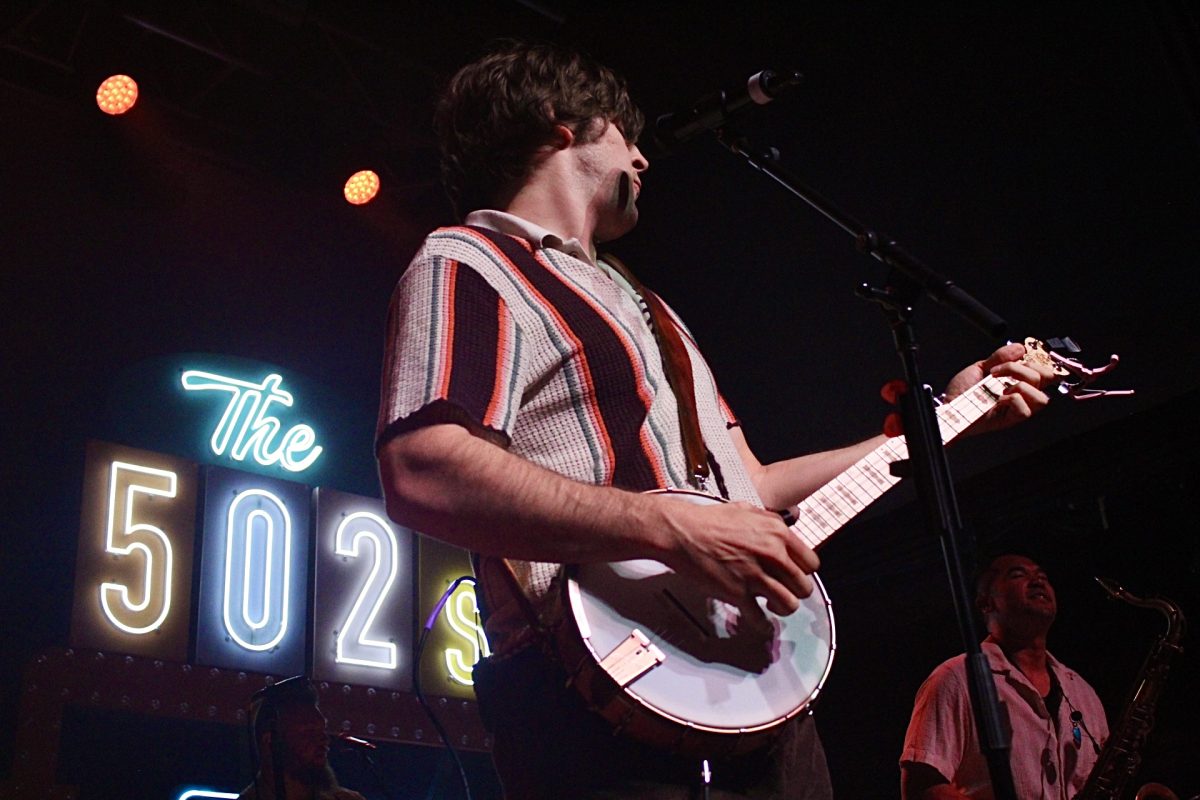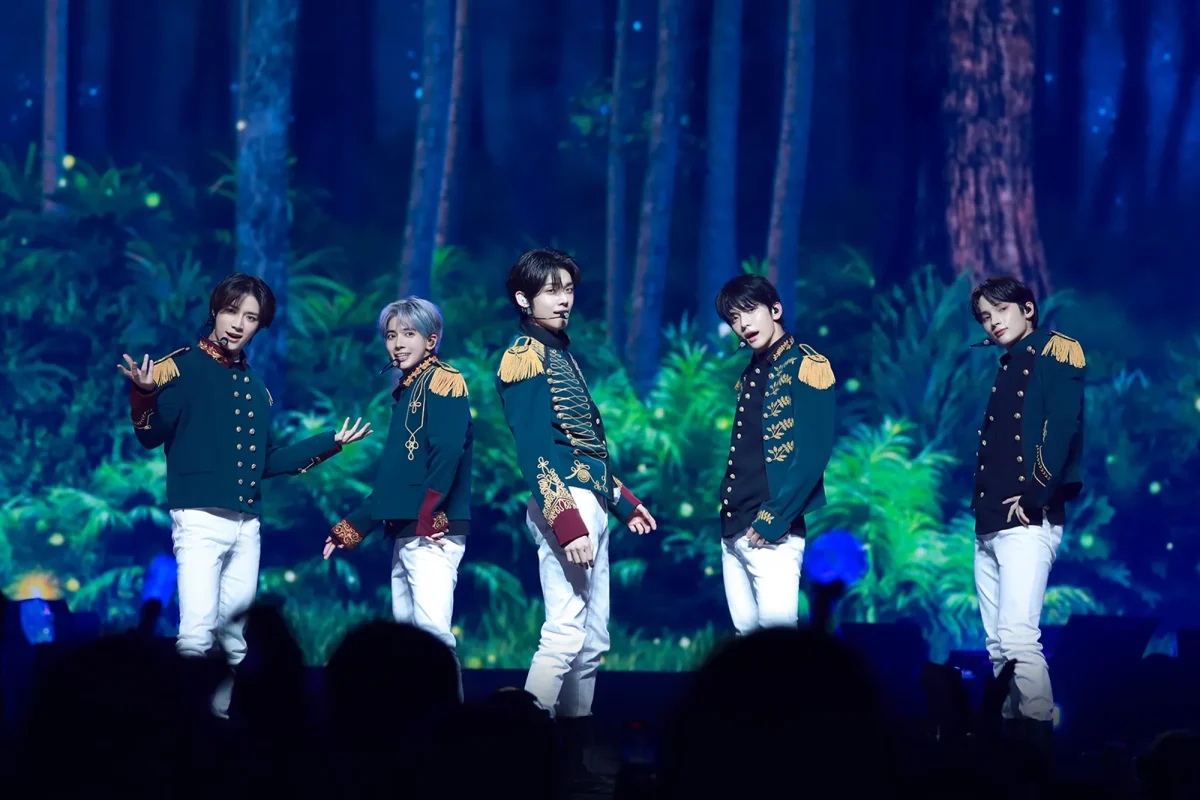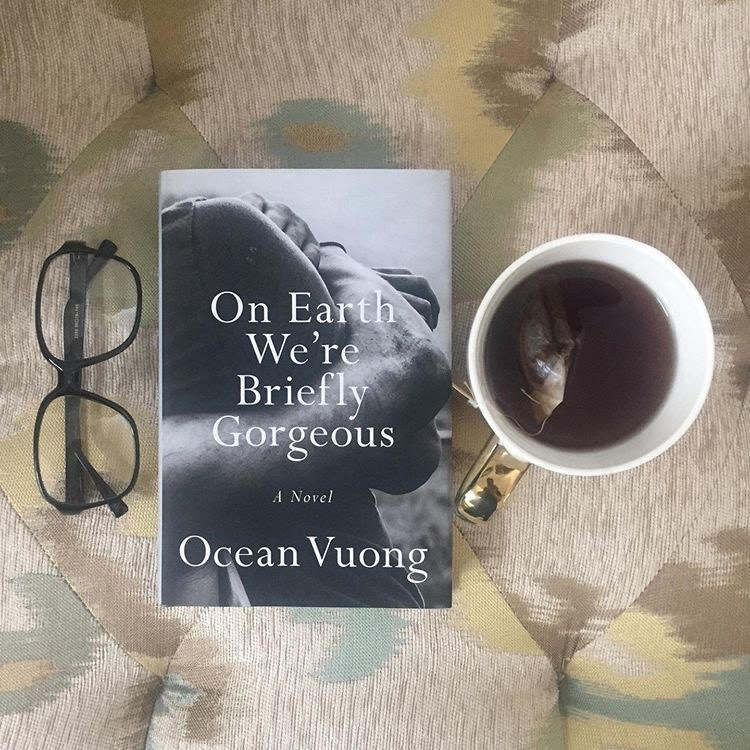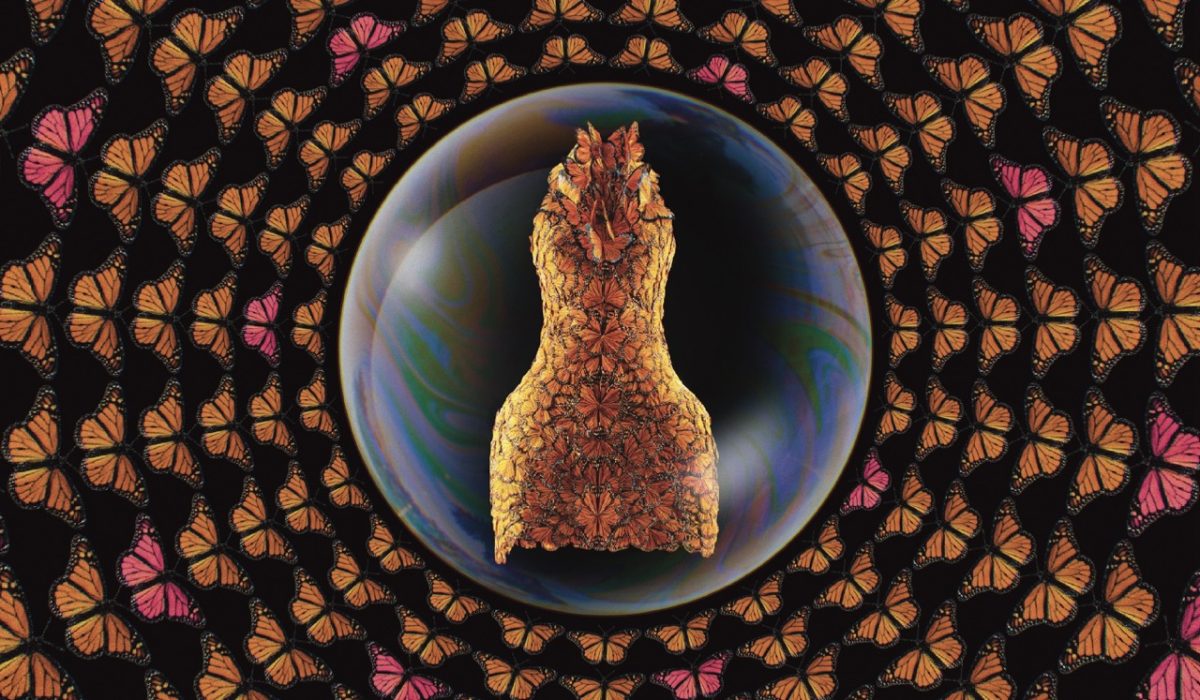Everyone has a different reaction when they hear the tagline, “Lesbian necromancers in space!” This and the cover were enough to rope me in, and, even though paperbacks are sorely expensive today, make me claim a copy for 20 dollars. Needless to say, a new favorite is always worth the money. “Gideon the Ninth” is Tamsyn Muir’s debut novel and the first book in her Locked Tomb series. Built on her own fears of cryogenic freezing, tombs, and, of course, bones, this science fiction and fantasy novel took the reading community by storm when it was published in 2019. I stand firm when I say you’ll be hard-pressed to find a more inventive and original writer among today’s generation of sci-fi fantasy writers.
“Gideon the Ninth” opens on the edge of a resurrected civilization with Gideon Nav, the bastard daughter of the Ninth House, as she begins her 87th escape attempt. All her life, she’s dreamed of joining the Emperor’s army as an elite swordswoman, but to leave the dreary Ninth House planet, she’ll have to overcome her lifelong nemesis, Harrowhark Nonagesimus, the Reverend Daughter of the Ninth House and bone witch prodigy. Instead of completely foiling Gideon’s escape plans — as was sure to happen — Harrow offers Gideon a shaky chance at freedom in exchange for serving as her cavalier. Harrow’s necromantic dreams culminate in Lyctorhood, a state of limitless power in service of the Necrolord Prime. To achieve said sainthood, a necromancer must report to Canaan House, the House of the First, with a cavalier in stride, and Gideon is the only decent swordswoman around.
What follows in the endless corridors of Canaan House is a moody, slow-burn slasher with shades of romance, body horror, and much in between. Muir delivers dark themes of duty and sacrifice wrapped up in an angsty narrative from Gideon’s perspective — who always happens to be the least informed person in every room.
Inspired by Catch-22’s Yossarian, Gideon’s cruel humor in the face of terrible events is entirely human at its core while everyone else is out of touch. What seems to satisfy a hidden craving in Locked Tomb readers and repel others is Muir’s singular, audacious prose. Her interesting word choice and unexpected tone shifts seep with wit and passion. She delights in anachronisms, intentionally disorienting readers with the juxtaposition of archaic monologues with the irreverent puns and modern slang in which Gideon speaks.
Reading this book is like catching random puzzle pieces that Muir, cackling in her genius, threw systematically into the wind. ”Gideon the Ninth” is a perfect, modern example of an author writing to please herself first and trusting that readers will resonate with her work second. Muir believes that combining genres prevents her characters from “calcifying” as they might in a more definable story.
As a longtime speculative fiction enthusiast, “Gideon the Ninth” is the first sci-fi story I’ve read whose science is visceral anatomy and physiology, rather than anatomy for the sake of technological manipulation or bodily enhancement. If I didn’t know better, I would have thought Muir was a medical professional with a hack for writing. Her oddly specific anatomical interjections and graphic, almost loving descriptions of bone and flesh constructions elevate the story aesthetically. The magic system is also explicit about its toll on the body and mind. Rather than necromancy reliant on speaking to or raising the dead, Muir’s brand involves the study of theorems, sources of life and death energy, and specific skill sets in different media like flesh or bone.
The ultimate curveball, however, is the story’s core religious bent. As a lesbian and practicing Roman Catholic, Muir isn’t afraid to reflect the intersectionality of her identity in her fiction. Many of the story’s pivotal moments and plot points are grounded in religious themes like sacrifice, grace, and redemption.
The Ninth House consists of ancient nuns, servants, and swordsmen who blindly worship the Locked Tomb, which is said to contain the Emperor’s downfall. From Gideon to Harrow, everyone in the Ninth House possesses a pious sense of duty with an equal measure of guilt. In Muir’s own words, the Locked Tomb series explores “different reasons people sacrifice themselves and each other.”
Furthermore, the relationship between necromancer and cavalier is one of spiritual connection and mutual, unconditional adoration that is not necessarily romantic. Although readers argue whether the romance between Gideon and Harrow is even real, Gideon and the other characters are quite confident in their lesbian energy, hence the series’ queer label. But be forewarned: just as Muir doesn’t write to fit the mold of queer fiction, she doesn’t believe in “happy” endings for all her characters. In an interview with Three Crows Magazine, she shared, “I have been party to a lot of gay tragedy in my life, and I understand the argument that we [queer writers] should provide something different, but I don’t agree with it. We so rarely get to be the ones writing the gay tragedies.”
“Gideon the Ninth” is an unparalleled mashup of horror, comedy, mystery, and dystopia within a gothic world-building adventure. Muir wants readers and fellow writers to realize that there are no set boundaries between genres and therefore between one’s life experiences and one’s fiction. Write what you know, right? The Locked Tomb series is an incredibly personal experience for all parties involved, and “Gideon the Ninth” is Muir’s enticing invitation to enjoy “beauty and ridiculousness sitting side by side.”
Rating: 5/5 stars



